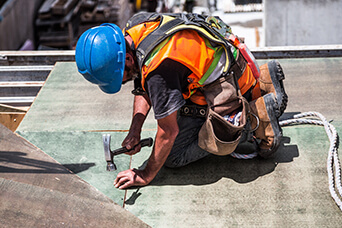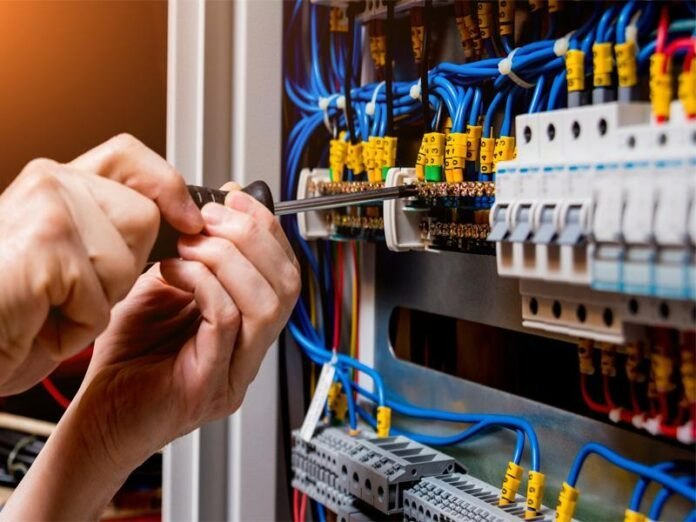House Rewiring in North east | Mann Electrotechnical
House Rewiring in Darlington & Surrounding Areas
Local Electricians for Full & Partial Rewiring Services
If your home hasn’t had its wiring updated in over 25 years, it may be time to consider a full rewire. At Mann Electrotechnical, we specialise in house rewiring in Darlington and surrounding areas, offering reliable and certified solutions for homeowners who need safe, efficient, and future-proof electrical systems.
Whether you’re upgrading old wiring, renovating a property, or facing electrical issues, our domestic rewiring services are designed to deliver peace of mind, with minimal disruption and maximum safety.
Why Rewire Your House?
Rewiring a house is one of the most important electrical upgrades you can make, especially if you live in an older property.
As your local electrician in Darlington and beyond, we help you:
- ✓ Prevent fire risks caused by outdated or damaged wiring
- ✓ Improve energy efficiency and reduce power consumption
- ✓ Install more outlets, switches, and smart tech
- ✓ Prevent fire risks caused by outdated or damaged wiring
- ✓ Increase your property value and ensure future compliance
- ✓ Enjoy peace of mind with fully tested and certified work
We’re trusted by homeowners across Darlington and the surrounding areas for high-quality, affordable electrician rewiring services.
Use our Cost Calculator to get an instant quote
Full House Rewiring: What’s Included
Our full house rewiring service includes:- ✓ Safe removal of all outdated electrical circuits
- ✓ Installation of modern insulated wiring
- ✓ New sockets, light switches, and lighting layouts
- ✓ Replacement consumer unit (fuse box) with RCD protection
- ✓ Compliance with UK wiring regulations (BS 7671)
- ✓ Full inspection, testing, and safety certification
We also offer partial rewiring for single rooms, kitchens, extensions, and renovations.

Our Rewiring Process
We follow a structured, step-by-step approach to keep your project efficient and stress-free:
- ✓Initial Consultation:
Contact us via phone, email or form to describe your property and electrical needs. - ✓Site Visit & Assessment: A qualified electrician from Darlington will inspect your current wiring and recommend afull or partial rewire.
- ✓Custom Rewiring Plan:
We design your new system to meet your power needs, future plans, and layout preferences. - ✓Installation & Upgrade:
We remove outdated wiring, install new cabling, outlets, switches, and a modern fuse box. - ✓Testing & Certification:
We carry out full safety testing and provide an official electrical certificate for your records. - ✓Final Finishing & Clean-Up:
We tidy up the site and restore any minor wall/ceiling access areas affected during installation.
Local Rewiring Services
Looking for house rewiring near me?
We serve homeowners in:
- ✓ Darlington
- ✓ Bishop Auckland
- ✓ Barnard Castle
- ✓ Catterick
- ✓ Ferryhill
- ✓ Durham
We’re proud to be your local, friendly, and fully insured electricians in Darlington and surrounding areas, delivering professional rewiring services backed by NICEIC and TrustMark approval.
FAQs: House Rewiring in Darlington & Beyond
Frequent blown fuses or tripping breakers
- ✓ Burning smells from sockets
- ✓ Flickering lights
- ✓ Old or damaged fuse boxes
- ✓ Outlets that don’t work or feel hot

Thinking About Rewiring Your Home?
If you’re unsure whether you need a partial or full house rewiring in Darlington and the surrounding areas, get in touch with our team today.
You can also use our cost calculator for a fast, free estimate.
CALL || EMAIL || COST CALCULATOR
Based in Darlington, serving homes across the North East